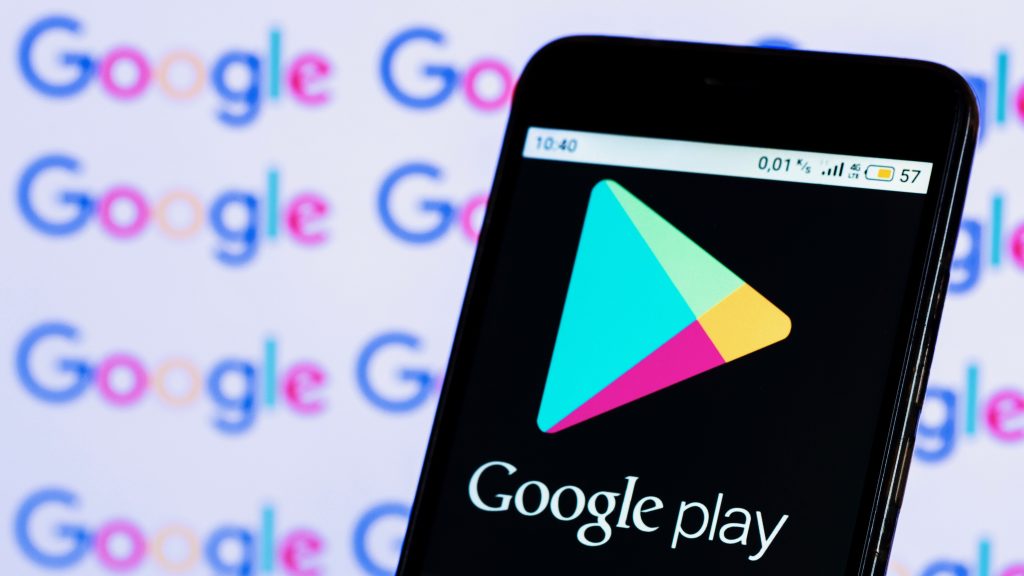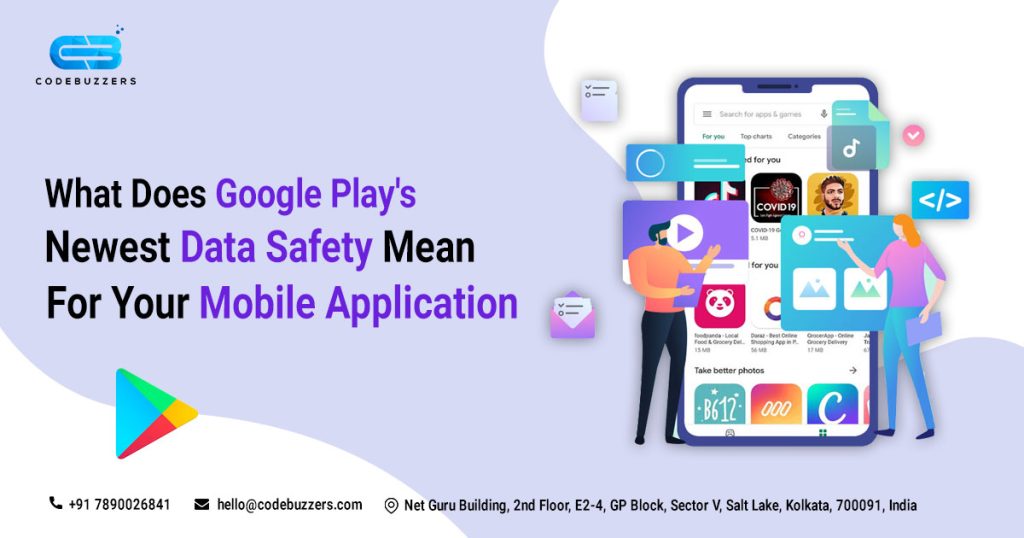What Does Google Play’s Newest ‘Data Safety’ Mean for Your Mobile Application?
What is the new ‘Data Safety’ feature on Google Play, and how will it benefit your mobile application? Starting in early April 2022, the new data protection area launched by Google last year will also be available on the application’s Google Play page. Users can examine documents provided by providers around how data is utilized before deciding to install the software from this point forward.
By this year, all Mobile App Development Company developers will be required to complete this part. All mobile applications will be required to include Private Information within the application and publish it to the Google Play Terminal.
Growing data requirement for mobile application developers is part of a worldwide data privacy pattern that began with GDPR (2018) and has continued with implementation of the CCPA (2020) and other cross-border legislation. At the same time, consumer awareness of and concerns about how their data is being collected, used, and shared is growing, putting pressure on private enterprises to impose new universal privacy practices. Given that many regions worldwide still struggle to provide their citizens with efficient and effective privacy laws, this increases the stress on private corporations to impose new universal privacy practices.
This ambiguous scenario could be viewed as a barrier, particularly by business owners who, at least of the day, must comply with all of these standards while considering user safety, product goals, and a variety of other business-related concerns.
We will:
Compare selected GDPR and CCPA provisions with the content of the ‘Data Safety’ section to identify how the user-centric initiative to privacy may be a remedy to unstable security sector regulations and provide a greater comprehension with tips on how to include the correct information in Google’s new ‘Data Safety section.
How to offer accurate information in Google Play Console’s ‘Data Safety section.
To submit the ‘Data Safety’ section, you must have a general understanding of what data is utilized by the software, how it is used, and for what objectives of the Mobile App Development Company.
Types of information
You can select from various data categories and types in the form. The most important (from a legal standpoint) required data by Google to be revealed in the mobile application with a remark linked to its processing duties under GDPR may be found in the table below.
Place (approximately) and location (exactly)
The legal basis for processing location is user agreement (Section 6.1 (a) GDPR). The user’s consent should be granted voluntarily. Keep in mind that the consumer should be able to withdraw their participation at any time simply.
The fields are required for username, e-mail address, id number, address, mobile number, and date of birth.
This knowledge may be analyzed on various legal bases, depending on the focus of your app. In all circumstances, GDPR data collection should adhere to the data minimization principle, meaning that the application should only collect the minimum amount of data required to perform its functions. In addition, Google emphasizes this issue in its Data Access policy (“Only advancing to the smallest, workable scope of accessibility that is required to perform existing features in your mobile application, and prevent access to the smallest volume of data required”).
Furthermore, besides complying with regular GDPR obligations, this type of information is regarded as typical and does not necessitate special legal attention.
Health information, genetic data, multiple biometric data, trade union membership, ethnic background, political or religious opinions, gender identity, gender identity, and veteran status.
This data type is classified as essential under GDPR and subject to additional technical and organizational safeguards. Except in a few circumstances, one of which may apply to corporate companies (specific user approval), the GDPR does not allow handling of this collection; nonetheless, gathering such data should be very carefully justified.

Payment information, purchasing history, credit score, wages, debts, and so on are all available to users.
This information is typically processed as required for providing facilities in the mobile application
; however, any data leak that occurs about this sort of information may result in irreparable harm to the user’s safety, which could be a premise for appropriate authorities to initiate GDPR proceedings.
Please remember that even if the mobile application does not collect a specific type of data straight, if it is justifiably possible to obtain both these data from that specific type of data (for example, a photo allows you to obtain ethnicity information), you should disclose those predetermined variables of data in the form, you should reveal those preset data variables.
The ‘Data safety’ application will also ask about the purposes of each type of data previously categorized as app data. We examined Google’s stated aims in light of legal constraints.
There are no legal issues as long as data exists but is also utilized solely for these objectives. The Mobile App Development Company‘s legal obligations and a legal contract with the user are considered to provide the consumer with previously stated services, manage the user’s account, and support security purposes.



